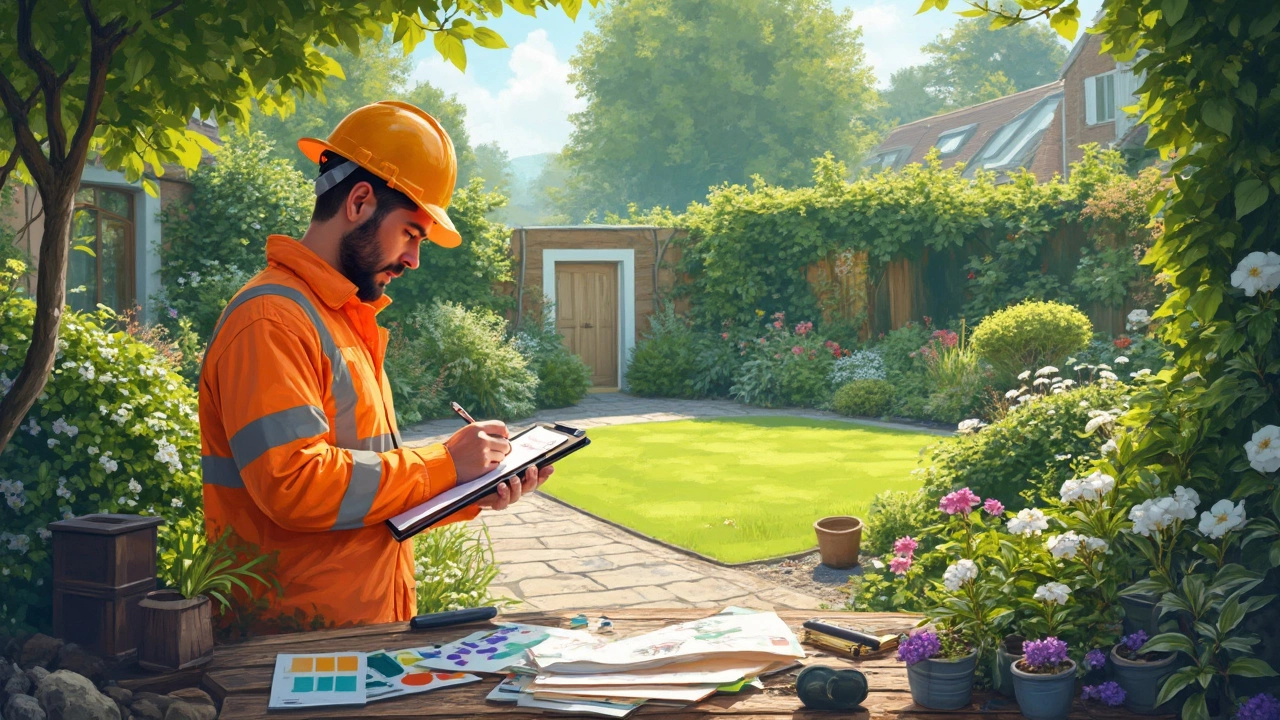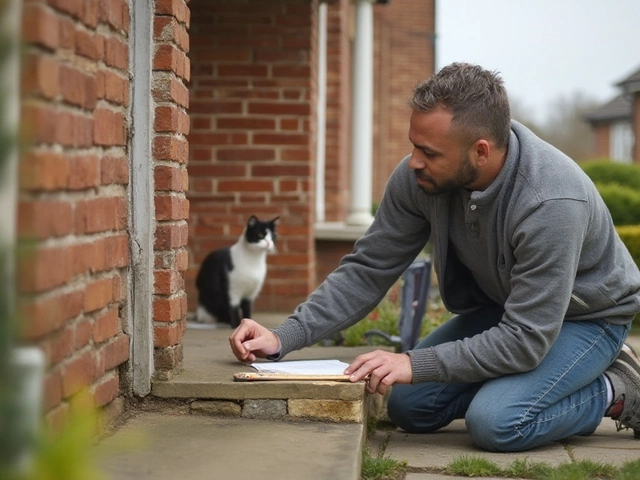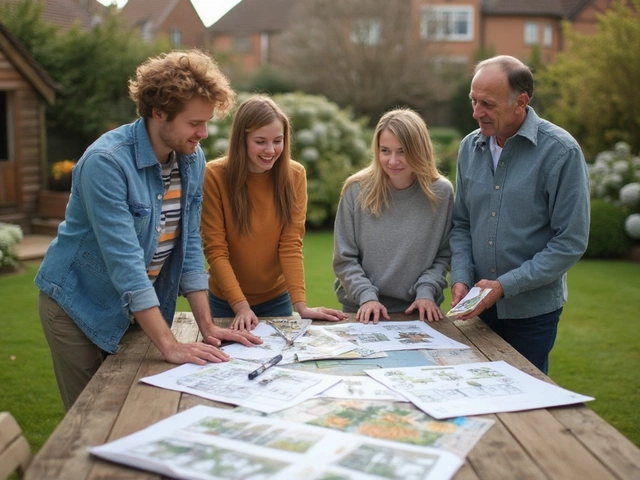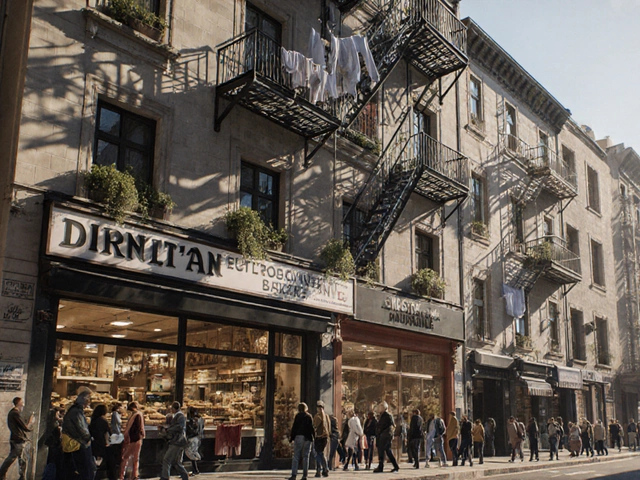Landscape Design Made Simple with the Right Materials
If you’re planning a garden makeover, the first step is to think about the look you want and the materials that will bring it to life. A well‑designed landscape blends plants, paths, and hard surfaces into a space that feels natural yet purposeful. The good news? You don’t need a big budget or exotic imports – local limestone from Lime Hillock Quarries can give you a strong, attractive foundation for almost any style.
Why Limestone Works Great in Landscape Design
Limestone is sturdy, easy to cut, and ages beautifully. It’s perfect for walkways, patios, retaining walls, and decorative edging. Because it’s sourced locally, delivery costs stay low and you support regional jobs. Plus, the stone’s natural color blends with grass, flowers, and timber, creating a seamless look without the need for extra paint or sealants.
Quick Steps to Plan Your Outdoor Space
1. Sketch a rough layout. Grab a sheet of paper or use a free phone app. Mark where the house sits, then draw zones for plants, seating, and hardscape.
2. Pick your hardscape materials. Choose limestone pavers for paths, crushed stone for drainage, or larger blocks for a retaining wall. Ask Lime Hillock for sample sizes to see what fits your space.
3. Decide on plant groups. Group plants with similar water needs together – this saves time and water. Native shrubs and perennials often need less care and look great next to stone.
4. Plan for water. A simple gravel trench or permeable limestone slab can direct runoff away from your home’s foundation. This also prevents soggy spots that damage both plants and pathways.
5. Set a realistic budget. Break costs into three buckets: stone, soil/amendments, and plants. Local stone typically costs £30‑£50 per square metre, so you can calculate quickly.
Following these steps keeps the project manageable and avoids costly changes down the line. If you’re unsure about the right stone grade, Lime Hillock’s team can advise based on load‑bearing needs – for a patio you need a different thickness than for a retaining wall.
When it comes to installation, many DIYers start with a weed‑free base, lay a sand layer, then set the limestone pieces. A rubber mallet and a level are all you need for a flat surface. For larger walls, a small concrete mix can lock the blocks in place – the same technique used in local building projects.
Don’t forget the finishing touches. A little ground cover between pavers, some low‑maintenance grasses, or a few decorative stones can soften the look. Lighting adds drama at night; LED strip lights under steps or spotlights on a stone wall create a welcoming vibe.
Finally, keep an eye on maintenance. Sweep leaves off pathways regularly and rinse stone with a hose to prevent moss build‑up. With limestone, a yearly pressure wash is usually enough to keep it looking fresh.
Landscape design doesn’t have to be overwhelming. Choose reliable, local materials, plan in simple stages, and enjoy watching your outdoor space transform. Ready to start? Contact Lime Hillock Construction Material Resources for a quick quote on the perfect limestone for your garden.
What Does a Landscaper Actually Do? Real Job Duties, Skills, and Insider Tips

Unlock the real job of a landscaper: from design to planting and hardscape magic, with expert tips for your outdoor space. Know what to expect and how to hire smart.
read more



